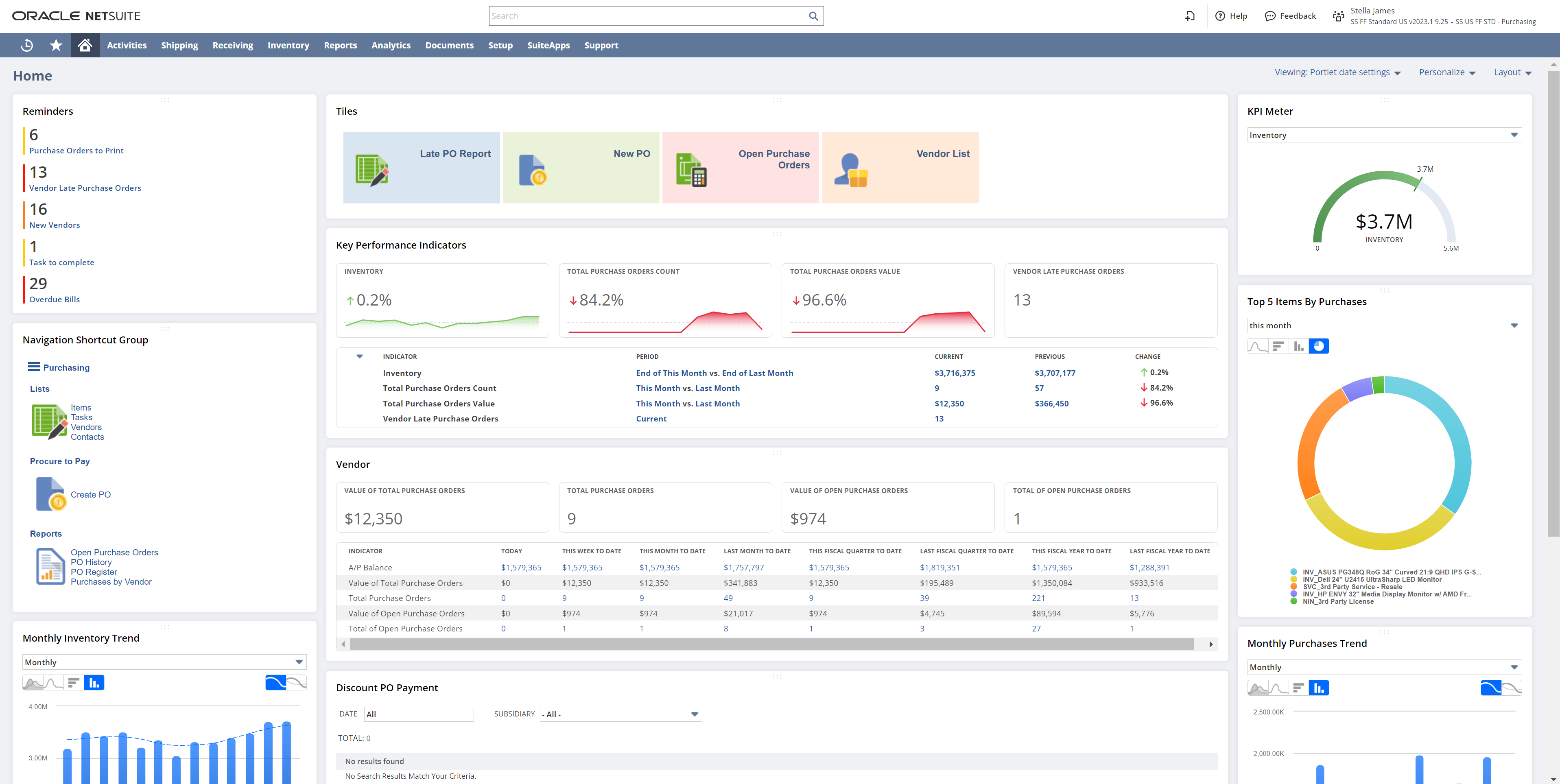Time, just like any valuable commodity, is always coveted.
The saying “time is money” carries literal weight in finance. It’s not just an asset; it’s a crucial factor in determining success.
In a quest to manage numerous responsibilities—like strategic planning, budgeting, financial reporting, and ensuring compliance—CFOs and finance teams often find time must be juggled to be both their greatest adversary and most invaluable ally.
Let’s explore how automation has the potential to revolutionize your time management for financial processes and positively influence your work-life balance.
Streamlining financial processes: How automation frees up time
The process of manually finalizing your financial records for a given period, or “closing the books”, is often overwhelming because of:
- Painstaking manual data entry and cross-referencing.
- Significant time and resources needed for tasks such as reconciling accounts and preparing financial statements.
- The scope for human error.
- The repetitive nature of the work.
It’s automation that removes the pain of manual closing.
Our Close the Books research says that most finance teams spend nearly 3 months a year on month-end close activities alone. With automation, you can cut that time by 29%—2 days per month or 24 days a year.
Here are 3 ways automation can work for you:
Invoice processing
Use a system that can automatically capture, validate, and process invoices, streamlining your workflow.
- With automation, the time spent on invoice processing can be reduced by up to 80%, freeing up 3 times more time for more impactful activities.
Financial reporting
Implement an automated reporting tool to generate accurate and visually appealing reports with just a few clicks.
- Focus on analyzing the data, identifying trends, and delivering valuable insights to support strategic decision-making.
Financial reconciliations
Use automation technology to simplify and accelerate the financial reconciliation process.
- No more manually matching and verifying transactions across multiple accounts or systems.
Pizza Pilgrims case study: Driving growth through automation
As businesses grow, they must evolve their processes to match. A compelling illustration of this is in the Pizza Pilgrims story, underlining the transformative potential of automation.
The growing pizza chain found its conventional calendar month financial reporting inadequate, prompting a shift to a 4-4-5 retail calendar. However, its old accounting system, Xero, wasn’t up to the task, leading to cumbersome month-end procedures.
Recognizing these inefficiencies, Sophie Gilchriest, finance director at Pizza Pilgrims, sought a cloud-based financial management system capable of automating and streamlining the process.
The goal was to find a solution that could adapt to their evolving needs and handle the increased volume of data from their expanding operation.
The search led them to Sage Intacct, software offering robust automation capabilities. Alongside their implementation partner PwC, Pizza Pilgrims successfully transitioned to the Sage Business Cloud.
This partnership minimized the transition period and ensured the efficient integration of the new system, positively and immediately affecting Pizza Pilgrim’s month-end procedures.
Pizza Pilgrim’s journey showcases the power of automation. By adopting Sage Intacct, the business streamlined its financial operations and simplified its procedures, efficiently scaling to match its growth.
Achieve a quicker close for high-value activities
You’ll achieve a quicker close by automating your processes. Here’s how you benefit:
Improve agility and flexibility
A quicker close provides more time for your team to respond to changing market conditions and shifting priorities.
- Your team can pivot and change course quickly, adapt to new scenarios, and stay ahead of the competition.
- Enhanced agility and flexibility align with today’s dynamic business environment, where businesses must act quickly and precisely to stay ahead.
Enhanced visibility and transparency
A faster close improves visibility into key performance metrics, giving your team the insights they need to make informed decisions.
- Stakeholders can access real-time data to help identify trends, uncover inefficiencies, and make better-informed strategic decisions.
Strategic planning and proactive decision-making
Automation allows for a shift from reactive to proactive decision-making. You can analyze business performance thoughtfully, identify risks and opportunities, and create visionary strategies to drive success.
- The finance department becomes a strategic partner to the rest of the organization.
- Cross-functional collaboration helps to align financial goals with broader business objectives.
Financial and data analysis
With automation handling repetitive tasks, your finance team can devote more time to financial analysis and gain a competitive edge.
- Delve deep into financial data, identifying trends, patterns, and insights that flag areas of opportunity and risk.
- Make informed decisions that promote growth and profitability.
Forecasting
Forecasting plays a critical role in strategic planning and resource allocation.
- Build robust, accurate forecasts that guide business decisions by leveraging historical data, industry trends, and market analysis.
- These forecasts help optimize budgeting, resource allocation, and goal setting, ensuring the company is on track to meet its objectives.
Balance work and well-being
The time dividend isn’t just a boon for your productivity—it could help you and your finance team lead more balanced and fulfilling lives.
Build your skills and cultivate a strong team
You can focus on mentoring, coaching, and developing your team members, fostering a positive work environment, and empowering them to take ownership of their roles.
By building a high-performing team, you lighten your workload and create a support system that shares your vision, increasing overall efficiency and fulfilment.
Grow personally:
- Expand your knowledge and skillset to bring fresh perspectives, new ideas, and innovative approaches to your business.
- Enhance your leadership capabilities, improve processes, and drive long-term success.
Lift your team by:
- Organizing team-building activities, fostering innovation, and improving communication and collaboration
- Developing new policies that enhance employee well-being.
- Cultivating a high-performance culture to drive engagement and retention, ultimately improving your bottom line.
Well-being and self-care
As a finance leader, you have a never-ending list of responsibilities and demands. It’s easy to get caught up in the daily grind, feeling overwhelmed and struggling to find balance.
Spend time to lead a more balanced and fulfilling life. You have the power to create a positive impact both in your professional and personal space.
It’s essential to prioritize self-care. Create blocks in your schedule to engage in activities that recharge your batteries and promote overall well-being.
- Whether exercising, practicing mindfulness, or pursuing hobbies, make time to take care of yourself.
- Reclaim precious time that you can dedicate to your loved ones.
- Leave the office on time and be fully present with your family and friends.
When you prioritize self-care, you are better equipped to handle challenges and have greater clarity of mind to make sound decisions.
Embrace the opportunities that automation presents and use the time it gives you to focus on what truly matters.
Final thoughts on using the power of automation
From enhancing productivity and efficiency to driving career growth, automation paves the way for unprecedented improvements. It’s not just about working smarter; it’s about harnessing the tools and technologies that allow us to do so.
Improved work-life balance is another compelling benefit, allowing you to achieve more without compromising personal time.
But understanding and embracing automation doesn’t happen overnight. It takes deliberate steps and an openness to learning and adapting to new working methods.













